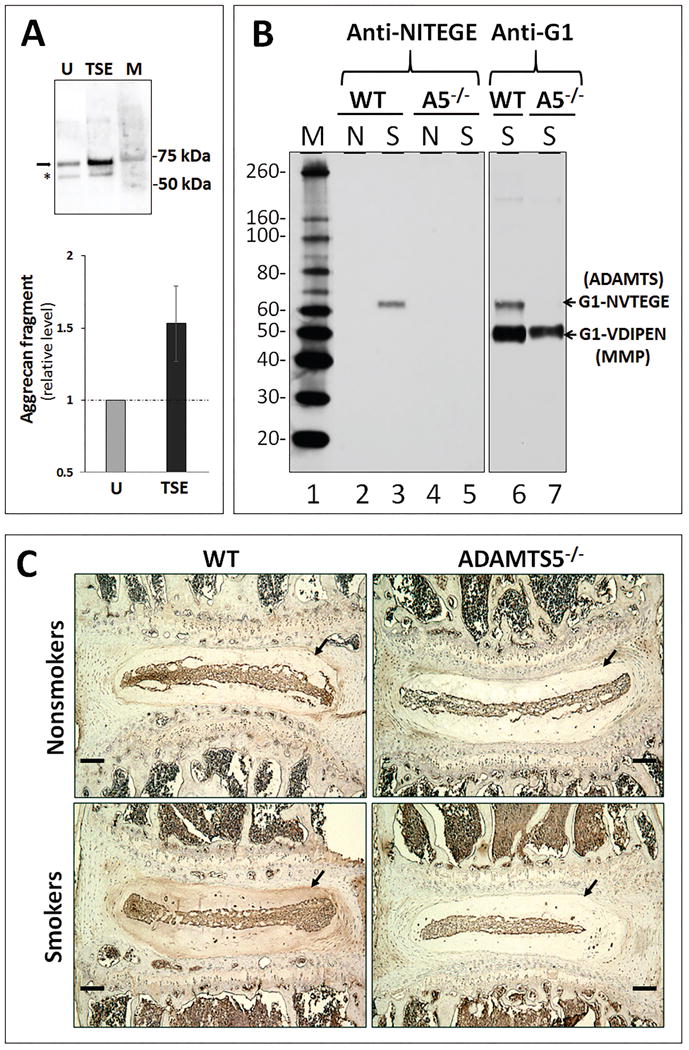Figure 3. Genetic depletion of ADAMTS5 abrogated ADAMTS-mediated disc aggrecanolysis in mice induced by tobacco smoking.

(A) A representative immunoblot detecting the aggrecan fragments generated by ADAMTS (arrow) and MMP (star) in the conditioned media of untreated (U) and TSE-treated hNP cell cultures for three days. M, protein markers. Anti aggrecan G1 antibodies were used. Bottom graph shows quantitation of the ∼70 kDa ADAMTS-generated aggrecan fragment by densitometry (average values ± stdev (n=4)). (B) Immunoblot analysis of G1 fragments bearing the ADAMTS-generated NVTEGE neoepitope were performed using the anti-G1 and anti-NITEGE antibodies. The anti-NITEGE neoepitope antibody cross-reacts with the NVTEGE neoepitope generated from mouse aggrecan. To control for loading, proteins extracted from 1 mg of disc tissue wet weight from unexposed (N = nonsmokers) and six month smoke-exposed (S = smokers) wildtype (WT) and ADAMTS5-deficient (A5-/-) mice were loaded per well. M=Protein size marker. (C) Immunohistochemical detection of aggrecan fragments using antibodies raised against the NITEGE neo-epitope. Arrow indicates nucleus pulposus sites of detection of positive signal (brown). The bars represent 100 μm.
